Secrets to Jaw Crusher Maintenance: Save Costs, Boost Output
3907Optimize jaw crusher maintenance. Prevent breakdowns, maximize uptime, and ensure consistent, high-efficiency crushing with our practical guide.
View detailsSearch the whole station Crushing Equipment
Your crushing plant is underperforming. Material flow is inconsistent, causing blockages and frequent downtime. This is costing your operation money every single hour it is not running at full capacity.
The main types are Vibrating Feeders and Apron Feeders. A Vibrating Feeder is for standard, non-sticky materials. An Apron Feeder is a heavy-duty machine for large, abrasive, or sticky ores. Choosing the correct type is critical for plant efficiency.
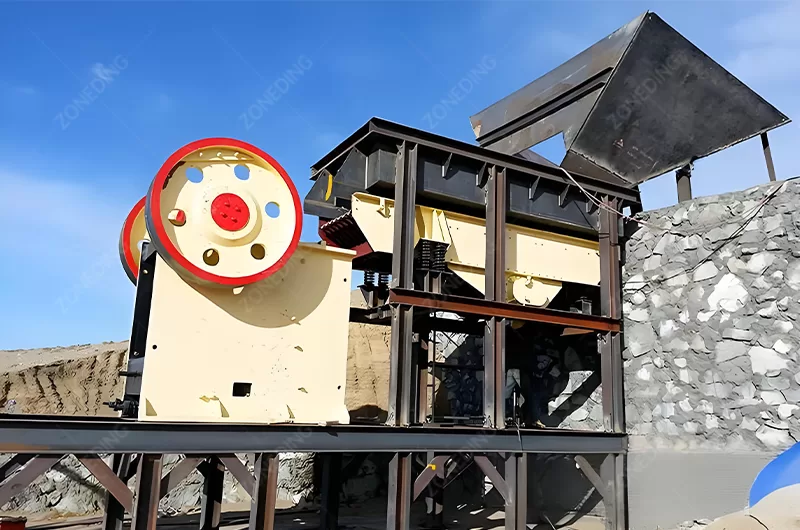
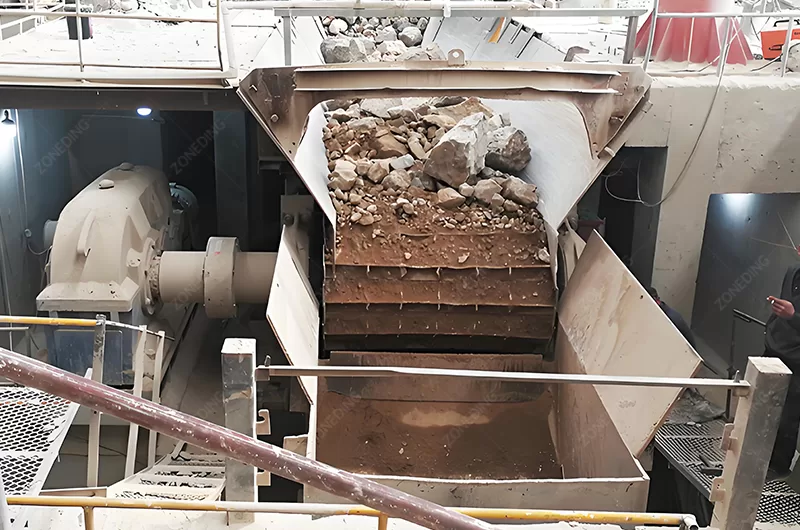
The feeder is the starting point and the pacemaker for your entire Crushing Production Line. Many operators focus only on the crusher, but the feeder’s performance dictates the plant’s true output. As a manufacturer of these essential machines, I have seen how the right Feeder Selection can maximize profitability, while the wrong choice creates a permanent bottleneck. Let’s break down how to choose the right feeder for your specific operation.
You see the crusher as the heart of your plant. But if it is not fed correctly, it will either starve or choke. Both conditions lead to inefficiency, poor product quality, and even equipment damage.
The feeder’s function is to provide a controlled, continuous flow of material from a hopper to the primary crusher. Proper Feeder Selection is critical because it dictates the entire plant’s throughput, efficiency, and operational stability.
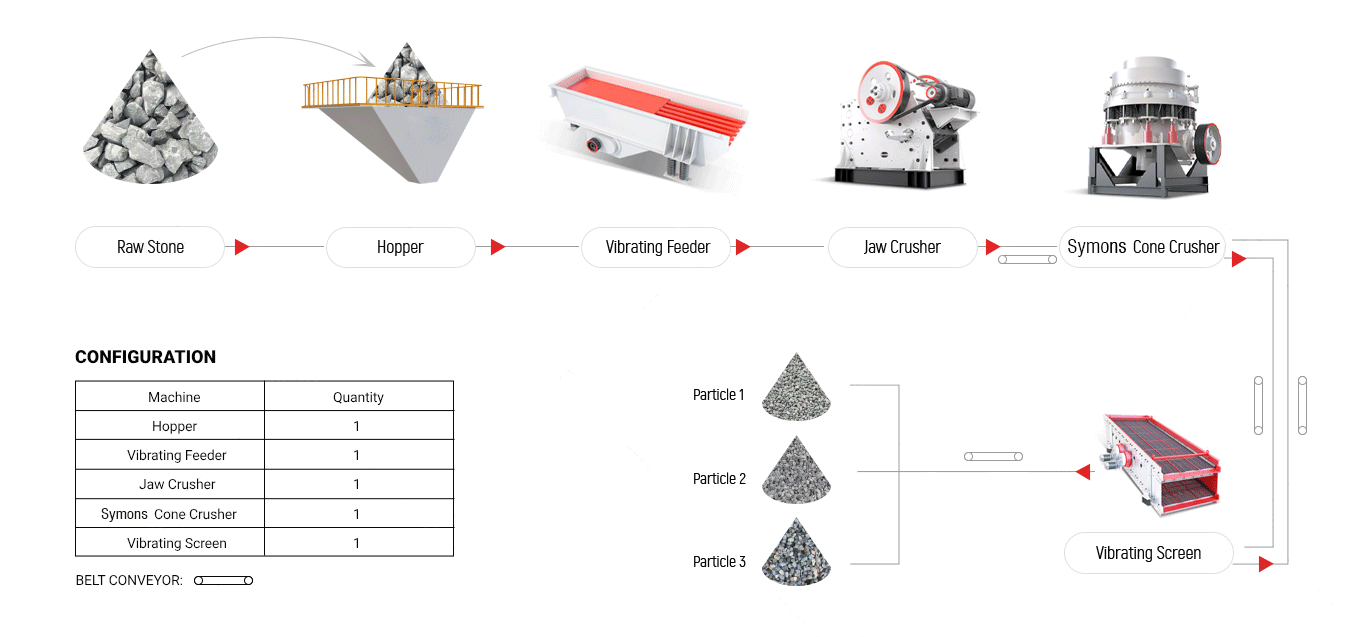
A Feeding Machine is much more than a simple conveyor. It is the crucial link between the chaotic dumping of material by haul trucks and the steady diet a crusher needs to perform optimally. Its primary job is to absorb the surge of material from the main hopper and deliver it at a consistent, adjustable rate. This controlled feed prevents shock loads on the crusher’s motor and mechanical parts, significantly extending its service life. A correctly sized and operated feeder ensures the crusher is “choke fed,” meaning its chamber is kept full. This maximizes crushing efficiency, improves the final product shape, and utilizes the full capacity of your investment. An incorrect feeder creates bottlenecks, increases wear, and reduces the profitability of your entire operation.
| Feeding Method | Crusher Throughput | Product Quality | Equipment Wear |
|---|---|---|---|
| Correct (Steady & Controlled) | Maximized & Consistent | Uniform & Cubical | Normal |
| Incorrect (Surging & Starving) | Low & Unpredictable | Poor Shape, Inconsistent | High Shock Loads, Accelerated Wear |
Your raw material is wet and sticky, constantly clogging your current feeder. Or, huge, sharp rocks are damaging the equipment every time a truck dumps its load. You are losing production time and money on repairs.
For sticky, wet ores or large, high-impact rocks, you must use a heavy-duty Apron Feeder. For dry, free-flowing, and less abrasive materials, a Vibrating Feeder is the more economical and efficient choice.
The physical characteristics of your raw material are the single most important factor in Feeder Selection. There is no “one-size-fits-all” solution. If you feed wet, clay-like material onto a Vibrating Feeder, the vibration will cause the fines to compact and stick, leading to severe Feeder Clogging. An Apron Feeder, with its direct, positive pushing action from the overlapping pans, easily handles this sticky material. If you drop large, heavy, sharp boulders directly from a haul truck onto a vibrating feeder, the immense impact energy can damage the feeder’s structure and exciters. A Heavy-Duty Apron Feeder, built like a military tank with tractor-style chains and high-manganese steel pans, is specifically designed to absorb these massive impacts day after day. Choosing the wrong feeder for your material type leads to constant downtime and high maintenance costs.
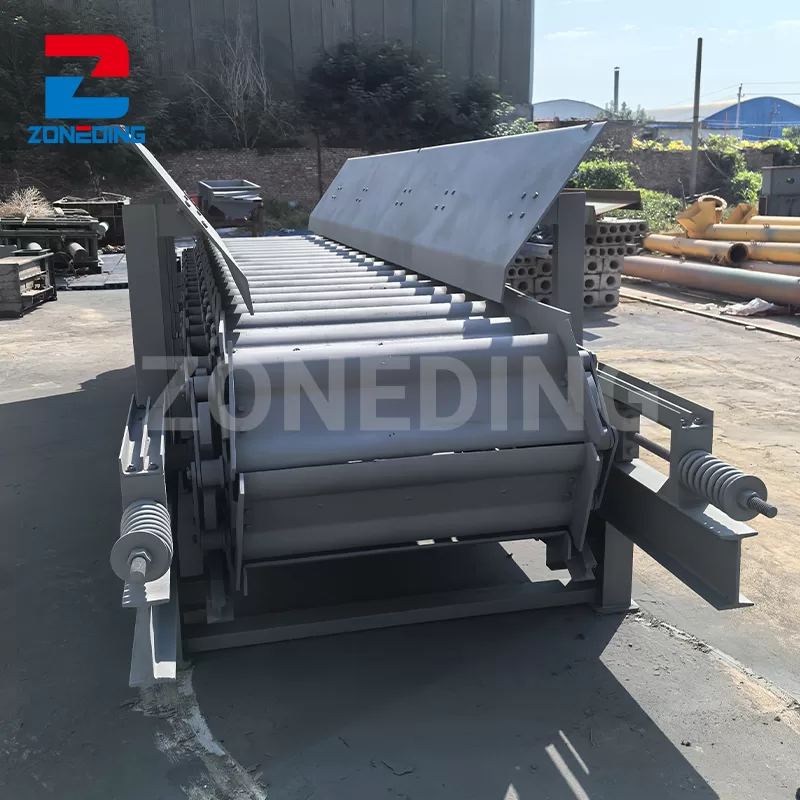
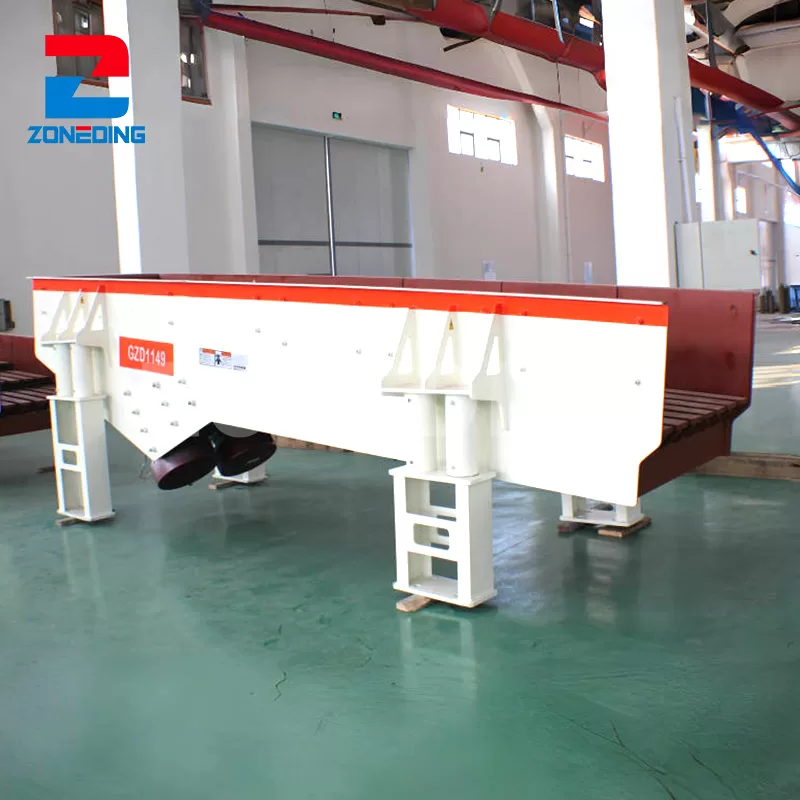
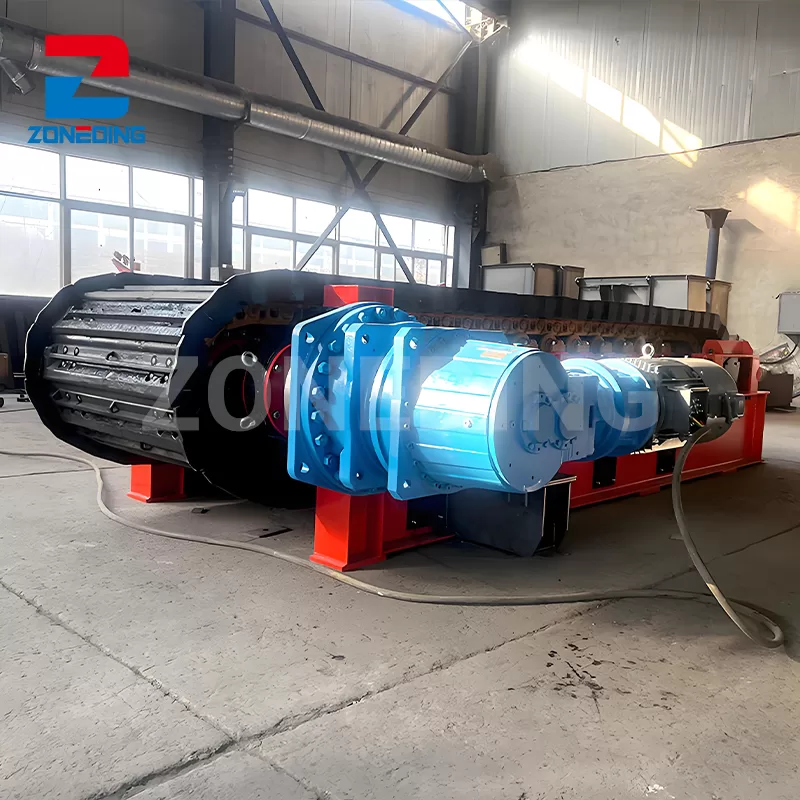
| Material Characteristic | Challenge | Recommended Feeder Type |
|---|---|---|
| Wet, Sticky, Clayey | Clogging, Compaction | Apron Feeder |
| Large, Heavy, High-Impact Boulders | Shock Load Damage | Heavy-Duty Apron Feeder |
| Dry, Granular, Free-Flowing | Standard Feeding | Vibrating Feeder |
| Highly Abrasive (e.g., Granite) | High Wear Rate | Heavy-Duty Apron Feeder |
You need a feeder for your new primary Jaw Crusher. Choosing between a vibrating feeder and an apron feeder is a major decision that will impact your plant’s efficiency and costs for years to come.
For Primary Feeding in most aggregate and sand operations, a GZD/ZSW Series Vibrating Feeder is ideal. For large, high-tonnage mining with difficult ore, a Heavy-Duty Apron Feeder is the only reliable choice.
In the primary crushing stage, the choice between these two Mining Feeders comes down to material type and one key feature: pre-screening. A Vibrating Feeder is often equipped with a “grizzly section”—a set of heavy-duty tapered bars at the discharge end. As the material vibrates over these bars, smaller rocks and dirt that are already the correct size fall through. This material bypasses the crusher entirely. This action has two major benefits. First, it increases the effective capacity of your crusher because the crusher only works on material that actually needs to be crushed. Second, it reduces wear and tear on the crusher’s expensive jaw plates. An Apron Feeder does not have this pre-screening capability. Its sole purpose is to reliably move massive quantities of difficult material. Therefore, if your material is relatively clean and you can benefit from pre-screening, a vibrating feeder is the more efficient choice.
| Feature | Vibrating Feeder | Apron Feeder |
|---|---|---|
| Pre-Screening Function | Yes (with grizzly section) | No |
| Impact Resistance | Moderate | Very High |
| Handles Sticky Material | No | Yes |
| Typical Application | Aggregates, Sand & Gravel | Primary Mining, Difficult Ores |
Your Cone Crusher is not performing at its peak. The feed is inconsistent, causing poor particle shape and fluctuating power draw. You are not getting the quality or quantity of product you need from your investment.
Secondary and tertiary crushers like Cone Crushers and VSI sand makers require a continuous, evenly distributed, and quantitatively controlled feed. This is essential for achieving optimal “choke feeding,” which ensures proper crushing and consistent product quality.
Unlike a primary jaw crusher, which can handle a more varied feed, secondary and tertiary crushers are precision machines. They rely on a specific feeding method called “choke feeding” to work correctly. This means the crushing chamber must be kept full of material at all times. This creates inter-particle crushing (rock crushing rock), which is highly efficient and produces a superior, cubical product shape. When the feed is inconsistent or too low (“trickle fed”), the rock just bounces around inside the chamber and gets crushed against the steel liners. This results in elongated, flaky particles, higher energy consumption per ton, and dramatically increased wear on the manganese steel liners. To achieve a proper choke feed, a surge hopper or small stockpile is always placed before the secondary crusher, with a reclaim feeder (like a belt feeder or an Electromagnetic Vibrating Feeder) providing precise Quantitative Feeding.
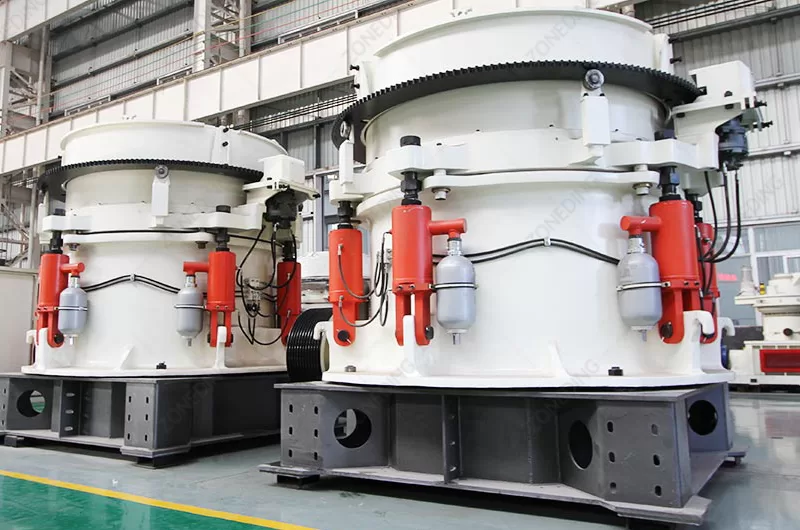

| Metric | Choke Feed (Correct) | Trickle Feed (Incorrect) |
|---|---|---|
| Product Shape | Cubical, High Quality | Flaky, Elongated, Poor Quality |
| Liner Wear | Low & Even | High & Uneven |
| Power Consumption | Efficient & Stable | Inefficient & Fluctuating |
| Throughput | Maximized | Significantly Reduced |
You are looking at the initial Feeder Price. But the real cost of ownership includes power, wear parts, and maintenance over many years. A cheap feeder can become very expensive to run in the long term.
A Vibrating Feeder has a lower purchase price and energy cost. An Apron Feeder has a higher initial cost and energy use, but its lower maintenance needs in severe-duty applications can result in a better total cost of ownership.
To make a smart investment, you must look beyond the initial purchase price and consider the Total Cost of Ownership (TCO). This includes the initial capital expenditure (CAPEX) and all operating expenditures (OPEX) over the machine’s life. A vibrating feeder has fewer moving parts, making its initial price and energy consumption lower. However, in a highly abrasive or high-impact application, its liner plates will require frequent replacement, leading to higher maintenance costs and more downtime. An apron feeder has a much higher CAPEX due to its heavy-duty construction. It also consumes more power to move its massive chain and pan assembly. But in the correct severe-duty application, its wear parts can last for years, resulting in far lower Feeder Maintenance costs and higher plant availability. The most cost-effective choice depends entirely on matching the feeder’s design to your specific application’s demands.
| Cost Component | Vibrating Feeder | Apron Feeder |
|---|---|---|
| Purchase Cost (CAPEX) | Lower | Higher |
| Energy Consumption (OPEX) | Lower | Higher |
| Wear Parts Cost (OPEX) | Low (light duty) / High (severe duty) | High (light duty) / Low (severe duty) |
| Overall TCO in Severe Duty | High | Lower |
| Overall TCO in Standard Duty | Lower | High |
You bought a new feeder, but it doesn’t fit the hopper outlet. Or its capacity is too low for your crusher, creating a bottleneck from day one. This installation mistake is now costing you real money.
The feeder’s capacity must be 10-20% higher than the crusher’s maximum throughput. The feeder’s width must match the hopper opening and crusher inlet to ensure smooth material flow and prevent the material from bridging or arching.
Matching the feeder’s key technical parameters to the rest of your circuit is non-negotiable for a successful installation. Three numbers are critical. First, Handling Capacity (tons per hour). Your feeder’s maximum capacity must be higher than your crusher’s. This allows it to handle surges and gives you the ability to increase plant throughput in the future without replacing the feeder. Second, Installation Dimensions (width and length). The feeder’s width is critical. It must be wide enough to prevent material in the hopper above from forming a stable arch (“bridging”), which stops all material flow. The rule of thumb is the hopper outlet should be at least 2.5 times the size of the largest rock. The feeder must be at least this wide. Third, Power (kW). The feeder’s motor must be powerful enough to start the machine when it is fully loaded with material. An underpowered motor will trip the breaker, especially on cold mornings or after an emergency stop.
| Parameter | Why It Matters | How to Match with Downstream Equipment |
|---|---|---|
| Capacity (tph) | Prevents bottlenecking, allows for surges. | Select feeder capacity at 110-120% of crusher’s max tph. |
| Width (mm) | Prevents material bridging in the hopper. | Match feeder width to required hopper opening size. |
| Length (mm) | Ensures stable feed, allows for screening. | Ensure enough length for grizzly bars to work effectively. |
Choosing the right feeder is a strategic decision. It directly impacts your crushing plant’s throughput, maintenance costs, and overall profitability. A careful analysis of your material and process requirements is essential.
Optimize jaw crusher maintenance. Prevent breakdowns, maximize uptime, and ensure consistent, high-efficiency crushing with our practical guide.
View detailsLooking for efficient tungsten extraction? Discover our range of gravity separation equipment designed to maximize recovery rates and improve your workflow.
View detailsA dynamic fluidized bed is key. Water pulses separate particles; heavier sink, lighter rise. Precise control ensures efficient Jig separation.
View detailsLearn exactly how silver mining works with our step-by-step guide. We break down the complete process, from ore exploration and mining to final refining.
View detailsWe use cookies to ensure that we give you the best experience on our website. If you continue to use this site we will assume that you are happy with it.
Privacy Policy